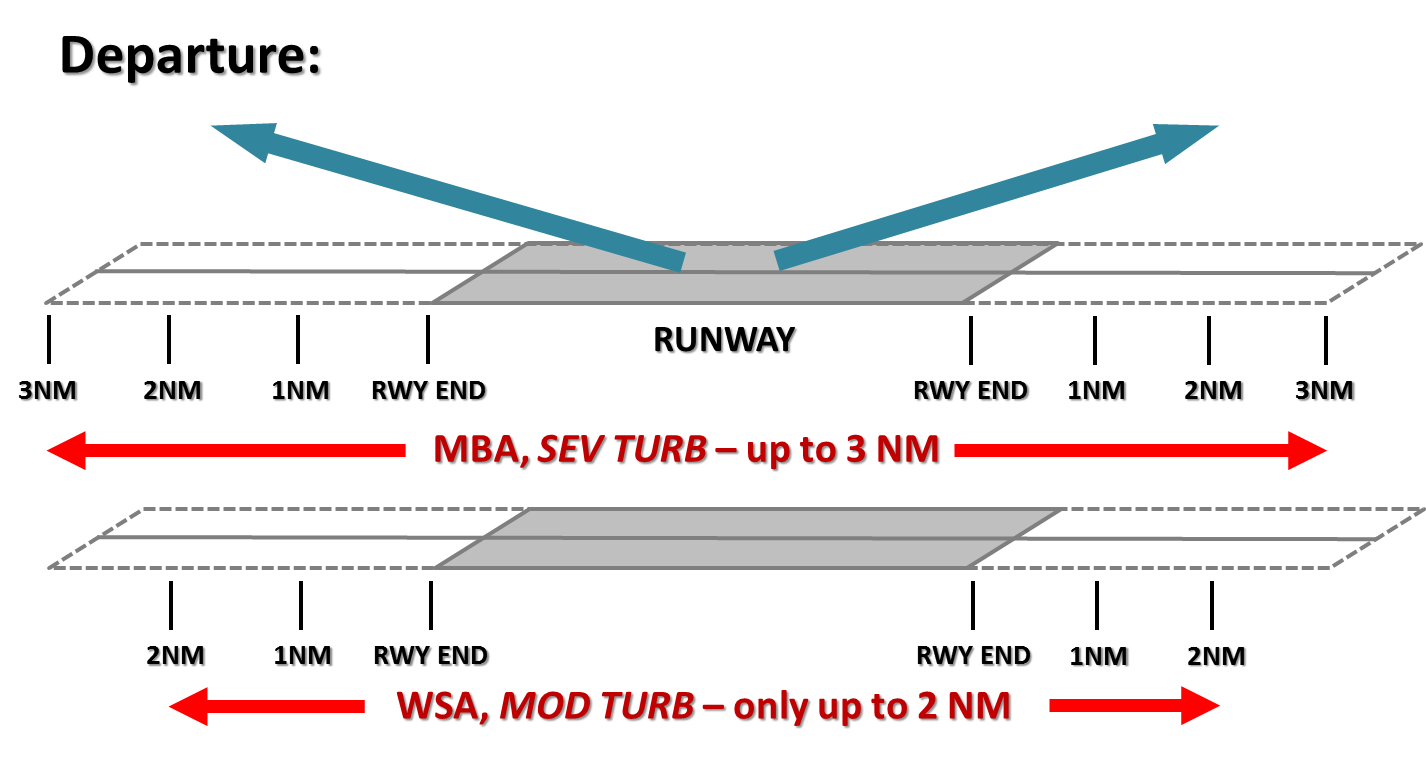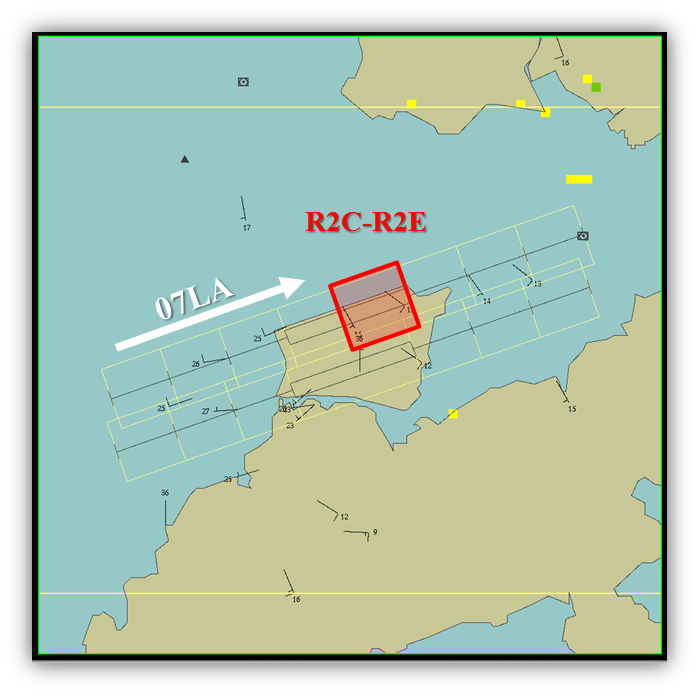Recent enhancements to the Windshear and Turbulence Warning Services
HKO News Bulletin for the Aviation Community (37th Issue Jul 2017)
The Observatory greatly values users’ feedback, and endeavours to continually improving our windshear and turbulence alerting services for HKIA, comprising automatic alerts from the Windshear and Turbulence Warning System (WTWS) and subjective warnings by our Aviation Forecasters.
Over the past year, with the endorsement of the Windshear and High-Impact Weather Panel (“WHIX Panel”, a technical working group comprising members from HKO, CAD, AAHK and pilot representatives), a number of enhancements to WTWS alerting algorithms and subjective warning criteria have been implemented. These include:
(i) for departure corridors, alerts of windshear and moderate turbulence (MOD TURB) will only be provided up to an altitude of 1000 feet (or distance of 2 NM) – note that alerts of microbursts (MBA, as generated by the TDWR only) and severe turbulence (SEV TURB) will continue to cover up to 3 NM at all corridors;

Figure 1: Schematic diagram of removal of departure-corridor windshear and MOD TURB alerts above 1000 feet.
(ii) ceasing to alert “gentle” windshear (i.e. smooth headwind changes accumulating over a longer distance which might nonetheless exceed 15 knots) in the LIDAR-based alerting algorithm (“GLYGA”); and
(iii) switching off the portion of anemometer-based alerting rules (“AWARE”) which consider the headwind difference at 1 NM beyond the touchdown zone of the North Runway (i.e. 07LA and 25RA) in the event of missed approach (to be activated as back-up when LIDAR becomes unavailable);
(iv) withholding the issuance of subjective windshear warnings for departure corridors when the hourly mean wind at the centre of the respective runways (i.e. anemometer R2C for North Runway, R1C for South Runway) falls below 5 knots.
With these changes, we hope to further reduce the overall alert duration [and hence the false alerts]. Your feedback and comments are most welcome!

Figure 2: Schematic diagram of the “go-around” rule of AWARE for 07LA, which has been switched as back-up since 1 Jan 2017. This particular rule considers the headwind difference between anemometers R2C and R2E for landings at 07LA.